Martin Scorsese explains the troubling truth behind ‘Killers of the Flower Moon’
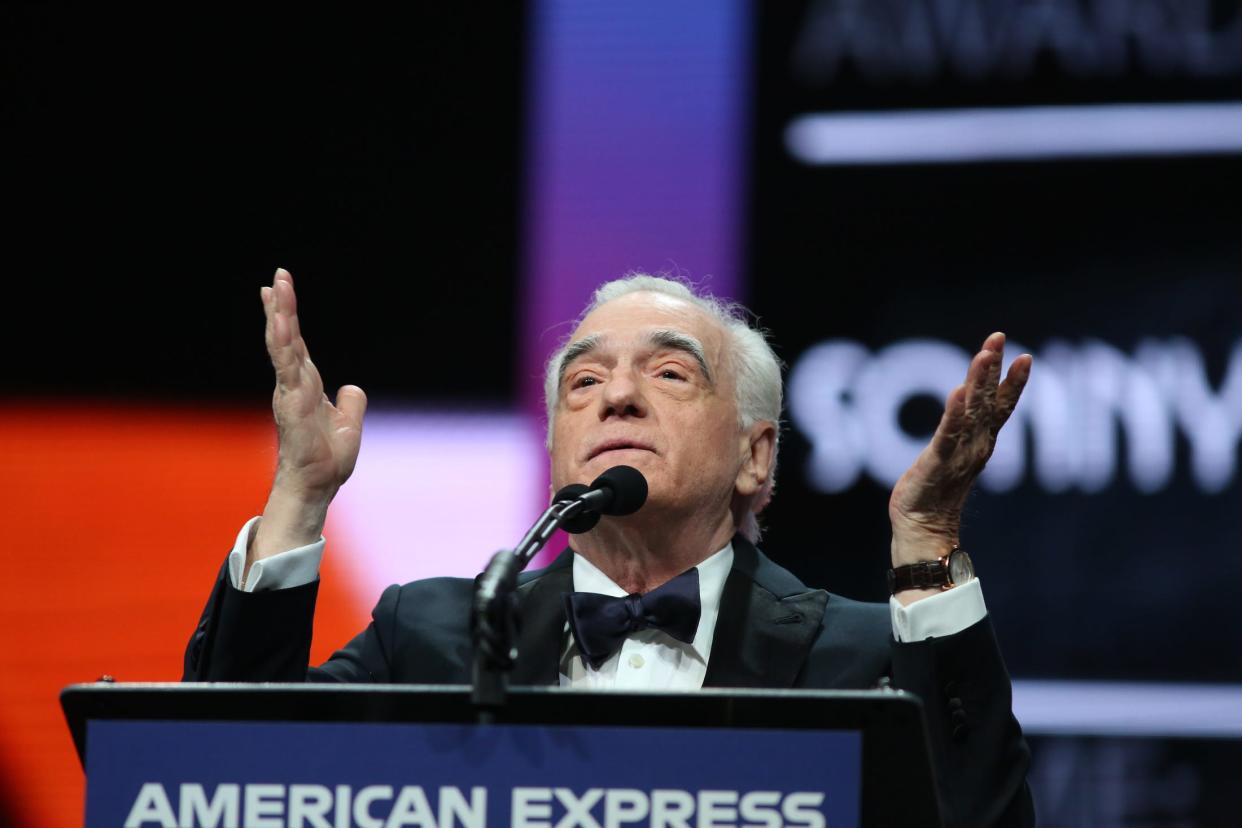
- Oops!Something went wrong.Please try again later.
- Oops!Something went wrong.Please try again later.
- Oops!Something went wrong.Please try again later.
- Oops!Something went wrong.Please try again later.
- Oops!Something went wrong.Please try again later.
In the 1920s, the richest people per capita in the world were members of the Osage Nation in Oklahoma after oil was discovered on their land. Their wealth brought riches into their lives, but also tragedy.
One by one, members of the Osage tribe were killed. Mollie Burkhart, an Osage member whose family owned oil headrights, began to lose several of her loved ones. Any time someone tried to investigate these killings, they also ended up dead. Journalist David Grann’s book "Killers of the Flower Moon" unravels an often forgotten chapter in U.S. history, which coincided with the creation of the Federal Bureau of Investigation.
Academy Award winner Martin Scorsese, however, was not interested in presenting his adaption of Grann's book as a mystery. Instead, "Killers of the Flower Moon," cowritten by Scorsese and Eric Roth, reveals its perpetrators early on, exposing the evil hiding in plain sight.
"It isn’t really a mystery, I think. There were so many murders committed by so many different people, in so many different ways — that includes the mysterious 'wasting illness,' which was obviously slow poisoning," Scorsese wrote in response to questions from The Desert Sun. "On some level, everyone had to have known — how could they not? And that’s the deeper, more troubling mystery."
The film centers on Ernest Burkhart (Leonardo DiCaprio), a World War I veteran who has come to live with his uncle William King Hale (Robert De Niro) in Oklahoma. Ernest later meets Mollie Kyle (Lily Gladstone), and the two marry and have children. However, no matter how loving and supportive some men seem in this community, including William Ernest, they're capable of immense darkness.
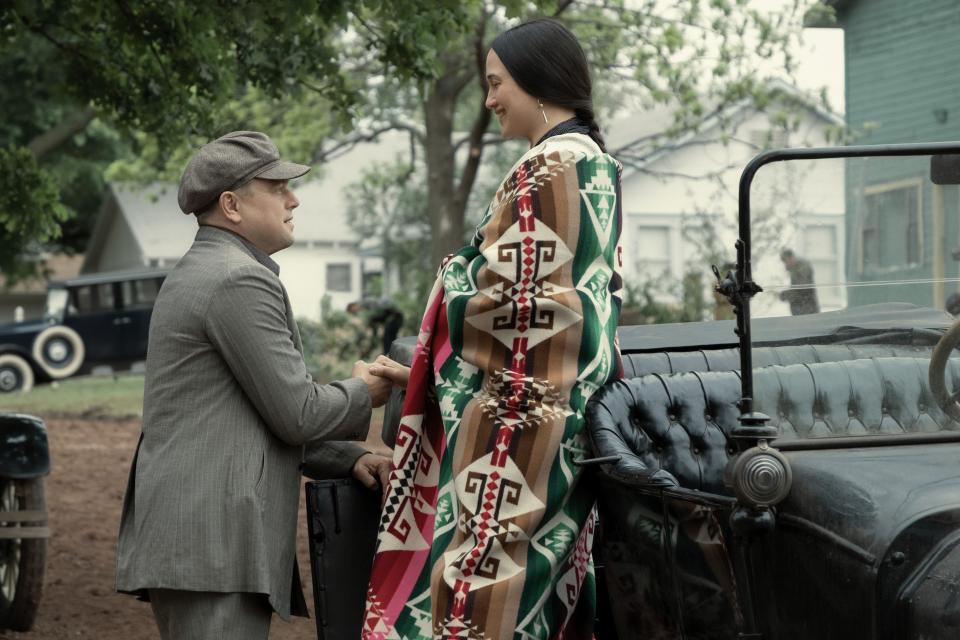
Scorsese said people in the community explained that Ernest and Mollie shared a "love relationship," which made his role in the crimes even more horrendous and difficult to understand. "And that’s why I wanted to explore it," the director added.
"Killers of the Flower Moon" has received critical acclaim since its premiere at the Cannes International Film Festival in May 2023 and a number of award nominations, including best motion picture – drama at the Golden Globes. Scorsese, DiCaprio and Gladstone will receive the Vanguard Award at the Palm Springs International Film Awards on Thursday.
Ahead of the awards, Scorsese reflected on his previous times in the desert, working with the Osage tribe and the film's unique ending.
The Desert Sun: Mr. Scorsese, congratulations on receiving the Vanguard Award for 'Killers of the Flower Moon.' What does this award mean for you and your cast?
Martin Scorsese: I’m extremely gratified by the acclaim we’ve received for 'Killers,' and for all the thoughtful responses. I suppose that for me, every picture is a labor of love, and I emphasize both words: 'labor' and 'love.' With this project, we forged real, lasting relationships with many members of the Osage community — if that hadn’t been possible for some reason, we wouldn’t have actually made the picture.
The Palm Springs Film Festival is very special to me, for a number of reasons, so it means a lot to me to receive this award.
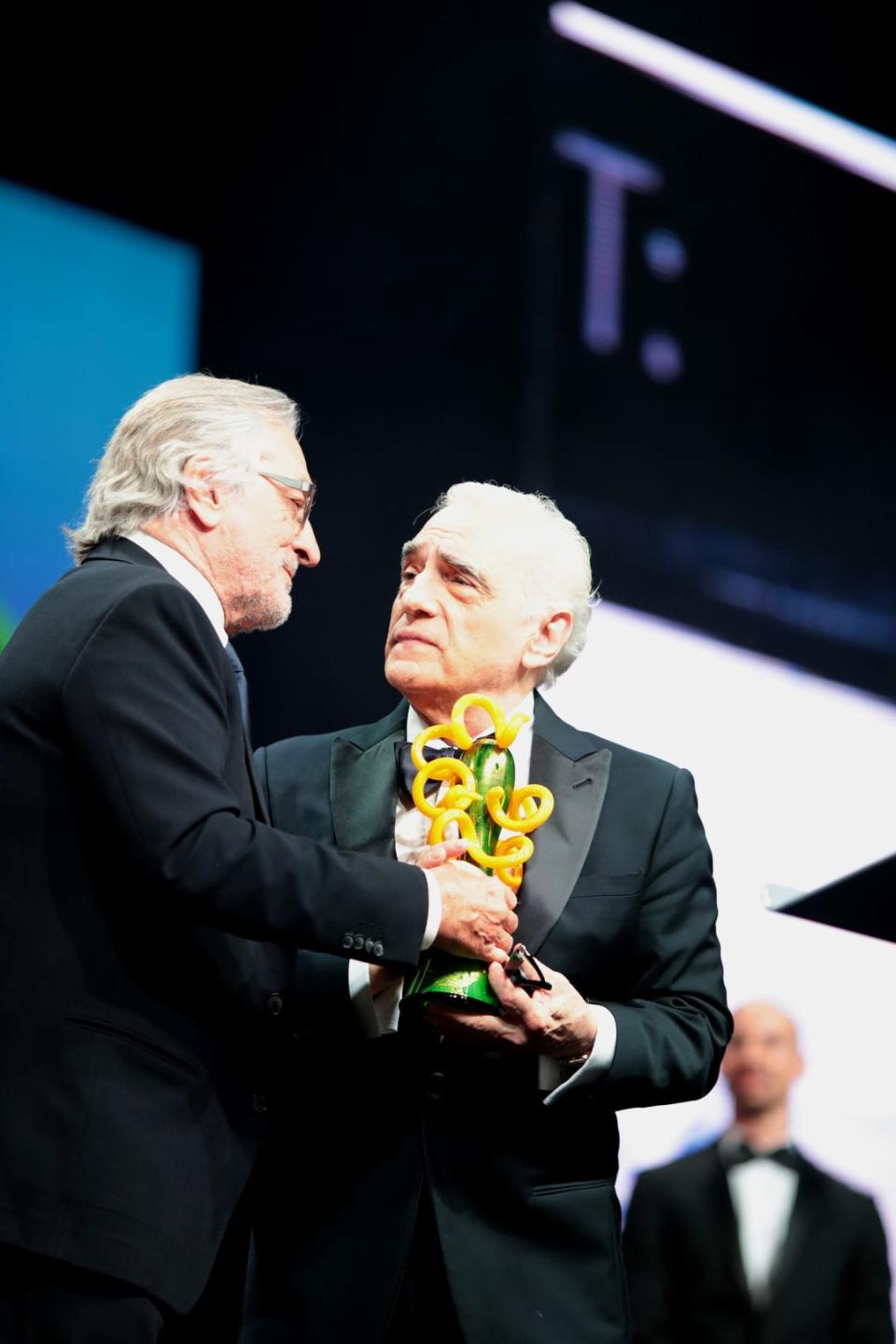
DS: You're no stranger to the Palm Springs International Film Awards, as you've picked up an award in the past. What memories do you have from your past times at this festival and the city of Palm Springs?
MS: In general, the warmth. The presence of David Ansen, someone who really knows cinema. The nature of the place itself, the setting. It’s interesting that so many great filmmakers chose to live in Palm Springs, including William Wyler and Howard Hawks. And at the end of his life, John Ford came to live in Palm Desert. So, I suppose it’s meaningful in that sense, as well.
DS: Something I find very interesting with your adaptation of David Grann's book is that you let audience members know right away who is behind these murders, versus setting it up as a mystery. Why did you choose to go about it that way?
MS: It isn’t really a mystery, I think. There were so many murders committed by so many different people, in so many different ways—that includes the mysterious 'wasting illness,' which was obviously slow poisoning. On some level, everyone had to have known—how could they not? And that’s the deeper, more troubling mystery. That’s what we all explored together. And at the center of it is the relationship between Ernest and Mollie. People in the community explained to us that it was a 'love relationship.' It’s difficult to accept. And that’s why I wanted to explore it.
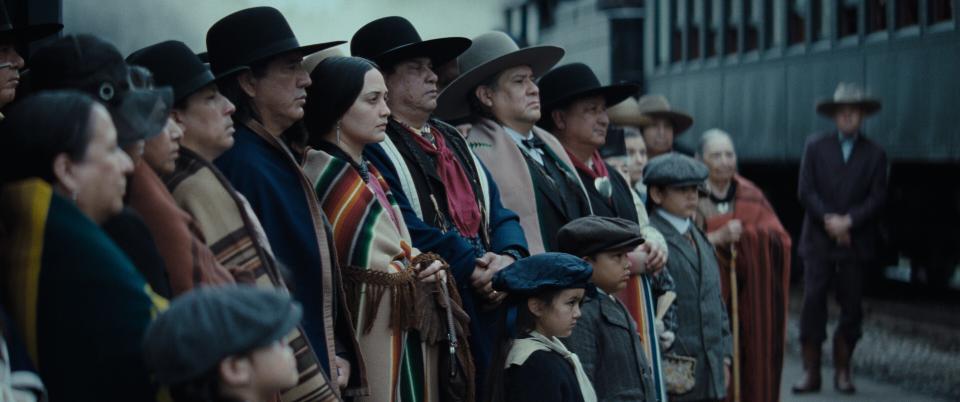
DS: You worked with members of the Osage tribe throughout the production of this film. What were the most vital bits of information or most valuable moments/takeaways you had with tribe members?
MS: Early on in the process, a long time before we started shooting, we had a big meeting in Gray Horse with many members of the community, Chief Standing Bear and many of the elders. And that was when the story became real for me. When I’m making a picture set in or around the world where I grew up, I can see it immediately because I lived it. Here, I was coming in from the outside, and this was when I really felt and absorbed it. Not just the stories and the details, but the lasting effects of the Reign of Terror, the shadow it still casts over the community. They were placing their trust in us, giving us the responsibility of telling the whole story. That was sacred to me. It still is.
DS: It was very exciting to see your two big collaborators, Leonardo DiCaprio and Robert De Niro, together in the film. It was almost like bridging two eras of your career into one. What was it like seeing them come together and work on this project?
MS: During the process itself, it was just all about the work. Bob and Leo are very close, and Bob was a real mentor to Leo, so that obviously informed the onscreen relationship between Bill and Ernest. Looking at the picture after it was finished, of course I had a feeling of coming full circle with both of them. But now, we have more pictures to do together…
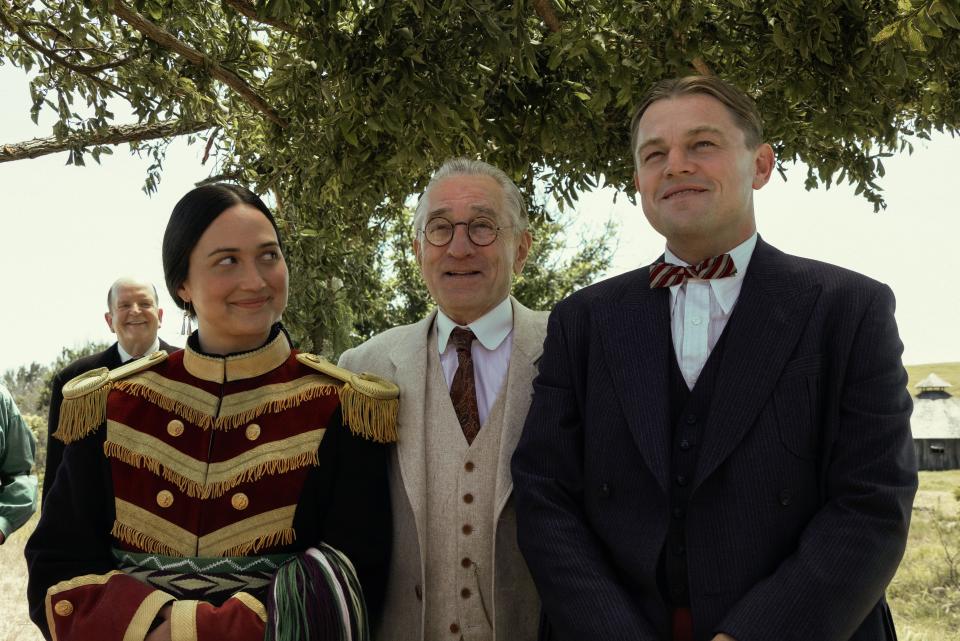
DS: Lily Gladstone gives a remarkable performance as Mollie Kyle and truly is the heart of the film. How did Lily shape this role to bring this incredibly strong woman to life on the screen?
MS: First of all, Lily is a remarkable artist. She has as thorough and sensitive an understanding of her own presence as a creative instrument as the greatest silent actors, and she has an extremely rare quality: she trusts in silence and simplicity. As far as how she approached playing Mollie, she was absolutely dedicated to getting it right, to finding the truth of her character. She kept going deeper, learning more all the time, adding richer and richer layers of emotion.
DS: Finally, the film ends on a unique note, not only because of your appearance, but also because it shifts to a recreation of a radio broadcast of the Osage murders. It makes us reflect on how historical events, often tragic ones, are told and consumed for entertainment. With that in mind, was it a daunting task to take on this film? Were you worried that people would feel that same way about this film, that it was told just for entertainment? And, is that what inspired the ending?
MS: That’s a complicated question. If you take a series of real events and create a narrative out of them, you run the risk of sidelining or eclipsing the reality, the tragedy, and encouraging a kind of complacency for viewers. What I didn’t want was to make a film that leaves us feeling comfortable and walled off from the past, that treats the reign of terror as a closed chapter in history. I don’t think of 'Killers' as a 'historical' picture. It’s about us, all of us, and what we’re capable of. So I felt that it was important to shift gears near the end, to show the performance of a different kind of spectacle out of an earlier era, a radio dramatization, and within that to address the audience directly, with the piece that I read into the microphone. The fact that the murders were never mentioned in Mollie’s obituary is astonishing, until you realize that the cultural climate made that possible. The world we all created. That we’re all creating.
I do want to add that the radio show isn’t the end of the picture. We ended with the overhead shot of the drum circle, because I felt that it was important to see that in spite of all the tragedy and he damage, the Osage community lives, and thrives.
How to watch
What: "Killers of the Flower Moon" Talking Pictures screening at the Palm Springs International Film Festival (a screening of the film followed by a sit-down conversation with Indigenous Casting Director Rene Haynes, Costume Designer Jacqueline West, and Set Decorator Adam Willis)
When/where: 10 a.m. Jan. 6 at the Palm Springs Cultural Center, 2300 E. Baristo Road, Palm Springs
Cost: $25
More info: https://psfilmfest.org
Ema Sasic covers entertainment and health in the Coachella Valley. Reach her at ema.sasic@desertsun.com or on Twitter @ema_sasic.
This article originally appeared on Palm Springs Desert Sun: Martin Scorsese on Palm Springs award for ‘Killers of the Flower Moon’

